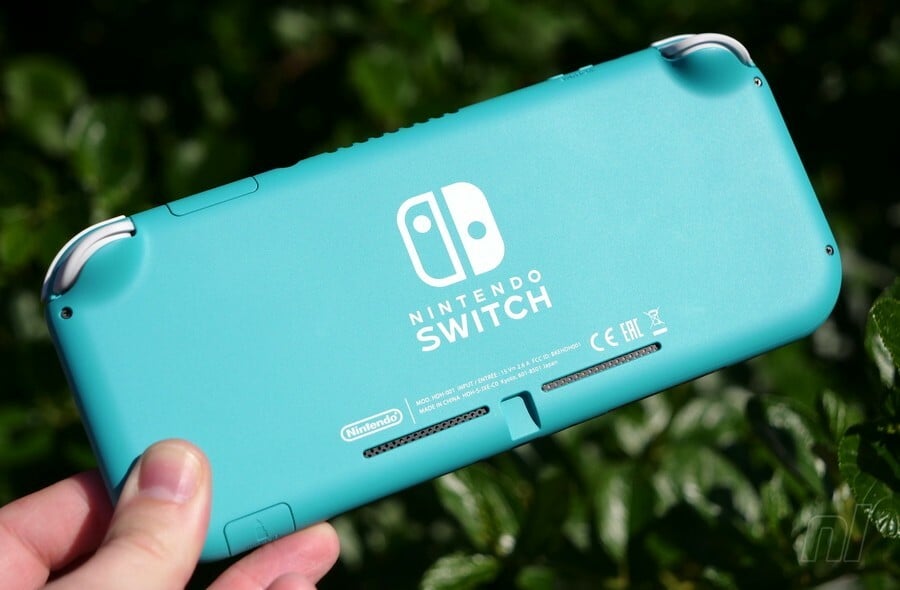
If you happen to have any official Nintendo console or peripheral to hand, turn it over and hidden in the legalese and small print on the underside you'll find a code which typically begins with three letters. Flip over your Switch, for example, and you'll find the code HAC-001, with an extra (-01) if you've got the revised model with the better battery life.
These product codes have been part of Nintendo's hardware since the beginning and you'll find them on every single Nintendo-made cartridge, disc, accessory, and peripheral. Slide the left Joy-Con off your Switch and you'll see its HAC-015 designation on the back (the right one is HAC-016); the Joy-Con grip that comes with the console is HAC-011; the Pro Controller HAC-013; Switch game carts are HAC-008; the Ring-Con HAC-022; the velcro Joy-Con wrap thingy HAC-023...
But beyond internally cataloguing every peripheral under a console's umbrella, do these designations have any meaning? Today we're going to take a tour of all Nintendo's console hardware product codes and look at where they come from. Some of their origins are well-known (or obvious), while others are known only to the Nintendo engineers who named them.
We knew most of the codes below already, but the ones we didn't required checking the back of our own consoles, or heading to the Maru-Chang webpage for a few of the more obscure ones.
We begin with the trusty Nintendo Entertainment System, or Famicom in Japan...
Famicom (HVC) / NES (NES)
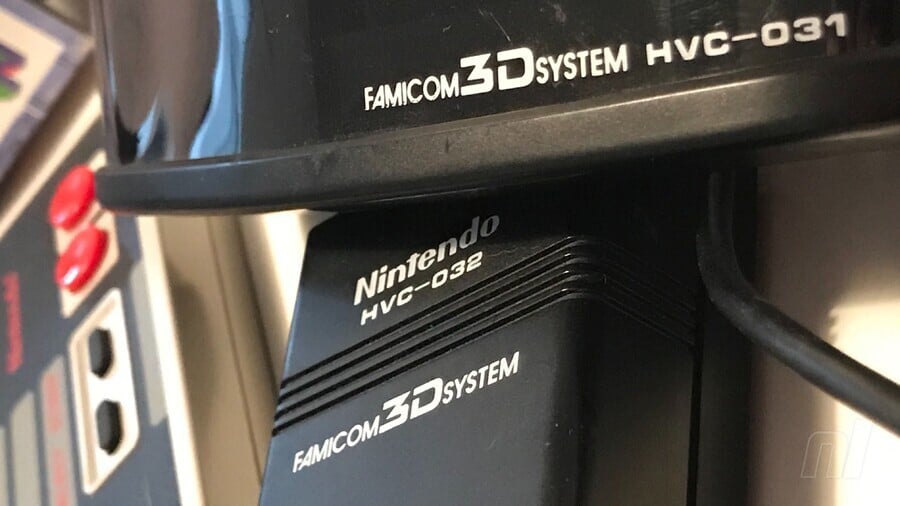
In Nintendo's homeland the Famicom and its accessories carried the designation HVC, or 'Home Video Computer'. The main console unit is always '-001' and the AC adaptor is typically '-002', with controllers coming after that. The Famicom's controllers were connected to the base console, though, so they didn't get a separate code. The RF switch did, though (HVC-003), as did the Famicom 3D System pictured above, and a whole lot more.
In the West, the Nintendo Entertainment System got Nintendo's most transparent of product codes: NES. Notable peripherals included the main control pad (NES-004), the Zapper (NES-005) and, of course, the Cleaning Kit (NES-030).
Game Boy (DMG) / Game Boy Pocket (MGB) / Game Boy Color (CGB)
Perhaps the most famous of Nintendo's product codes, the original Game Boy has come to be commonly known as the DMG(-01) in order to differentiate it from a host of hardware variants that followed. DMG stands for Dot Matrix Game and references the system's display.
The Game Boy Pocket carried the product code MGB-001, with 'Mini Game Boy' being the most likely explanation given the trend of the rest of the Game Boy console family. The Game Boy Light (a Japan-only backlit version of the hardware) was designated MGB-101 in keeping with several other console redesigns (such as the NES-101 / HVC-101).
The Game Boy Color got the CGB product code... because it was a Color Game Boy.
Super Famicom (SHVC) / Super NES (SNS/SNSP)
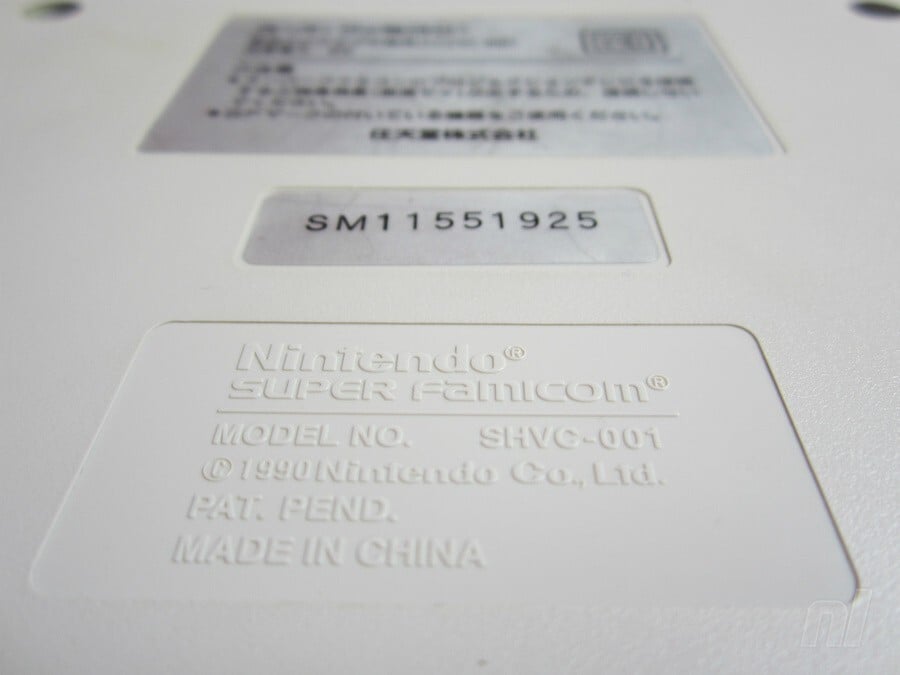
In Japan the Super Famicom followed on logically from its predecessor and was identified as the SHVC-001, or the 'Super Home Video Computer'. Things changed for the North American release where it became the SNS-001 (Super Nintendo System), and in Europe it was the SNSP-001 (the 'P' likely stands for 'PAL'). Controllers were -005 and Game Paks (or cartridges to everyone except Nintendo) were -006.
Virtual Boy (VUE)
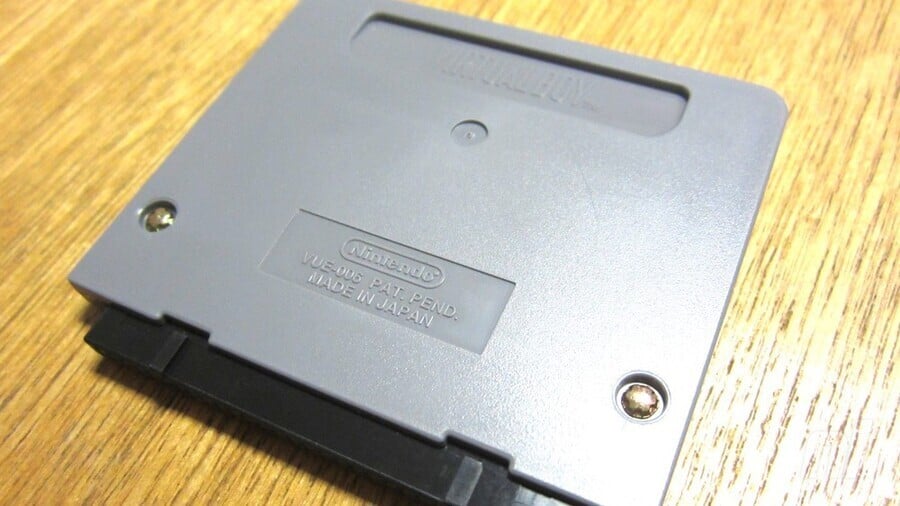
The Virtual Boy (VUE-001) offered quite a trip if its product code is to be believed; a 'Virtual Utopia Experience', apparently. Personally, we would have gone for the more accurate 'MIN-001' - Migraine-Inducing Nightmare, although the Tamagotchi-style Pokémon Mini console used that product code. Feel free to leave your own suggestions in the comments, though.
Game Boy Advance (AGB) / Game Boy Advance SP (AGS) / Game Boy Micro (OXY)
Following suit with the MGB and the CGB, the Game Boy Advance was labelled the AGB-001, or 'Advanced Game Boy'. Other significant peripherals included the good ol' AGB-005 (the GBA link cable) and the even-sexier AGB-015 (the Wireless Adaptor).
The updated clamshell Game Boy Advance SP got an entirely different code: AGS - Advanced Game Boy Special, perhaps? While we can make sense of that product code with an educated guess, the origins of the Game Boy Micro's OXY-001 code isn't as easy to divine. Perhaps it refers to the oxytocin released by our pituitary gland every time we gaze upon that console's minuscule magnificence? To the average adult, the Micro is crippling to play for any length of time, but my word is it a sexy little morsel.
Nintendo 64 (NUS)
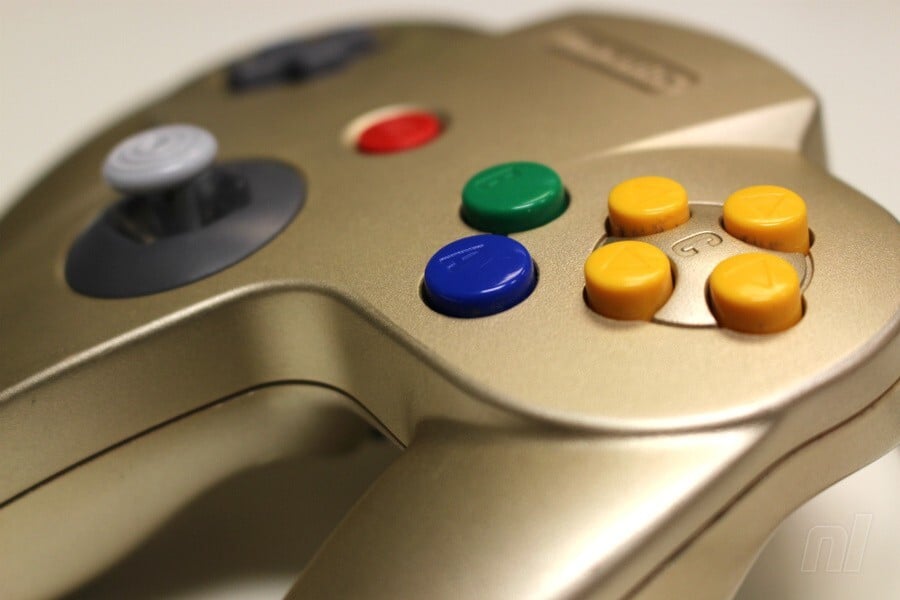
The Nintendo 64 was originally to be called the Ultra 64 (Ultra is better than Super, natch), although Nintendo decided against that relatively late into the console's development. It was codenamed Project Reality while Nintendo and Silicon Graphics, Inc. were working on it, but the product code on the final hardware reflected the console's original name: NUS (the Nintendo Ultra Sixty-four).
Other notable peripherals (and the N64 had plenty of 'Paks') include the Rumble Pak (NUS-013), the Expansion Pak (NUS-007), the Transfer Pak (NUS-019) and that vital little tool, the Jumper Pak Ejector (NUS-012).
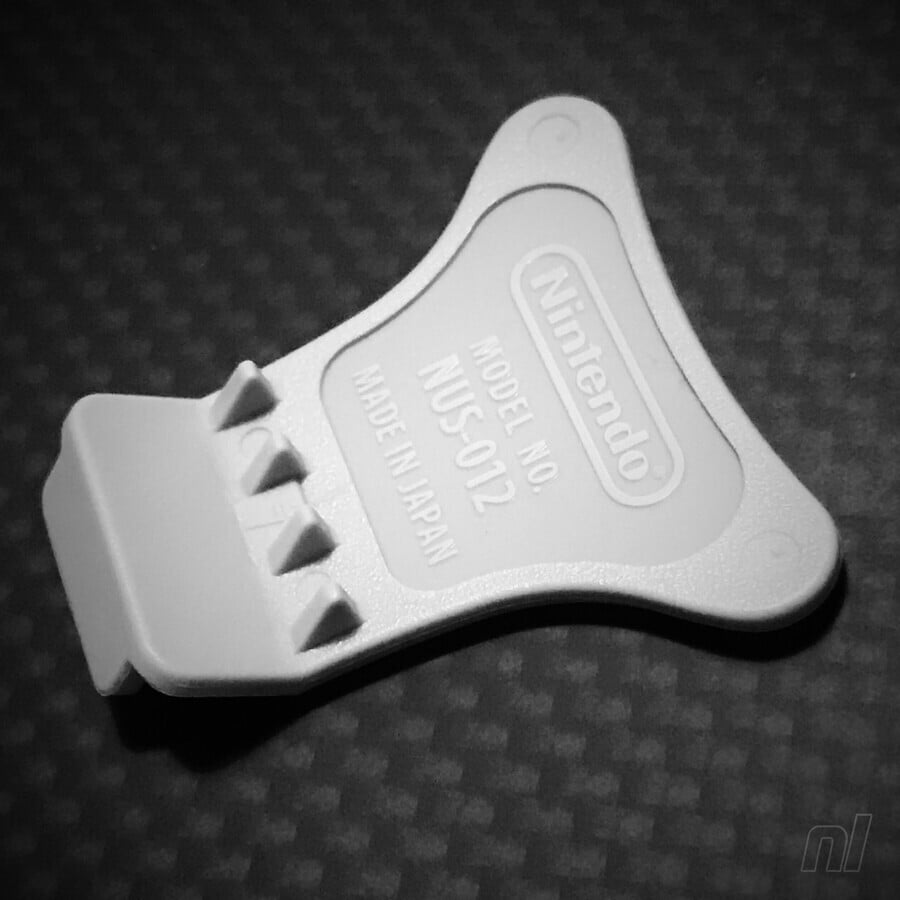





Comments 30
This feature is super dumb and I love it
I love you Nintendo
The iQue Player (BB, or sometimes BL1) is the funniest in my opinion.
CLV probably stands for Clover. KTR and FTR are just variations on CTR, implying it's the base model. RED might be 'redesign'?
I remember in Smash Bros, the Palutena's guidance for R.O.B. refers to him as HVC-012, and now it all makes entirely too much sense as to why.
HDH, High Definition Handheld?
I love features like this. (Seriously!)
You know you’re a geek you find this article thoroughly interesting and engrossing from start to finish! Thanks for this 😀
Handheld And Console
HanDHeld or High Definition Handheld
Also, fun fact, since the Switch Pro Controller uses the same battery as the original 3DS, the battery's code is CTR-003
I still think Wii U means Wii upgraded. It’s just that it should have been released 3 years prior to when it was, then the message would have been clear. Hd Wii with a bulky Gamepad that is actually awesome. Our Wii U is still in use at our house. Mostly for tv and the hundreds of retro game’s. But it’s because the Gamepad is so easy to use.
This is a neat feature.
It's made me try to think of how and where this information is actually useful (and would have been a good question to pose at the end of this article).
The only one I can think of and is probably the most known, are the GBA codes. Knowing to look for an AGS-101 instead of an AGS-001 for the backlit screen.
Wow, just genius Nintendo.
@Cotillion I see your are a man of culture as well, AGS-101 FTW! Great for og GBA modding.
I remember noticing those codes, and figuring out most myself. I came here hoping to get some of the seemingly non-sensical sorted out, but found a fun article informing me that it's apparently anyone's guess. I was kind of hoping -not that it matters- for the Switch to be a reference to "NX" with some third letter. But HAC just seems like a challenge... And stability updates when you're too close to winning it.
HAC = Handheld Console; HDH = Handheld, perhaps.
Pretty sure the CTR of the original 3DS is Citra, is it not? I thought the official 3DS emulator was called that, like the official DS emulator was Nitro.
Nintendo Revolution should have been the name of the Wii U - you could have Wii and Revolution side by side.
for some reason these code names makes me want Nintendo to release an Nintendo 64 classic mini. we already have NES and SNES classic mini systems. its time for the N64 to join the club. or at least add some of those games to the Nintendo Switch online game catalog.
the feature I never knew I needed
The dev units had numbers too.
The GameCube dev box, aka the NPDP-GDEV, was GCT-0100.
GameCube NR Reader (the green GameCube that read Non-Retail discs) was DOT-001.
Don’t know the model number of the red GameCube NPDP reader but I’m sure it had one.
The Wii dev box was RVT-001.
The green Wii NR Reader, aka the RVT-R, was RVT-002. The NR discs themselves were RVT-004.
The red Wii dev unit with a built-in hard drive, aka the RVT-H, was RVT-005.
The Wii U dev box, aka the CAT-DEV (Cafe Tool for Development) was WUT-001 (I kid you not).
The green Wii U final debug unit, aka the CAT-R, was WUT-002.
Notice that all the dev units had “T” replacing the last letter of what would have been the retail unit’s model category
Oh.., and the two dev versions of the Wii U Gamepad were WUT-003 and WUT-004. The WiiU NR Discs (used by the CAT-DEV and CAT-R) were WUT-007
This is what you get when Nintendo have no news to share, and to be honest I would be pretty surprised if Nintendo did not have a lot of first party games in production right now, so why the silence for so long?, I know the latest situation with the virus can't be helping matters, but that did not really start to impact until around December 2019, so Nintendo should have been well on with development of thee games by then.
OXY from Game Boy Micro stands for Oxygen, as it was developed alongside Nintendo DS (NTR > Nitro). Get it? N2O? Nitro 2 (screens) Oxygen.
The Game Boy Micro's codename in development was Oxygen, hence the OXY code.
I was extremely disappointed after reading the 3DS subtitle that the original 3DS product name wasn't WTF-001.
Switch backplate: "HAC-001"
Hackers: "See? We only ever did what this thing explicitly told us to!"
Seriously, though, it's a mystery. An interesting read overall! I've only heard of NDS's "NTR" origin before; there are even claims that at least one early game, Yu-Gi-Oh *Ni*ghtmare *Tro*badour, tried to play on the codename in the same way as the final thing would get nods like "Resident Evil: Deadly Silence" or "Advance Wars: Dual Strike". Come to think of it, Switch is probably the first Ninty console since GameCube whose name doesn't recurrently surface in game titl-........ never mind.
OH EM GEE! Even Nintendo Life is down to just releasing remasters in 2020!!
Guessing with the switch it's Nintendo Handheld And Console (HAC); where as the switch lite I guess would be Handheld Dedicated Hardware (HDH) ?
DSi (TWL) is probably Two ??? Lenses, since the camera was one of its significant additions. UTL is maybe Ura Two Lenses, since it is an upgraded version.
How sure you sure about the earlier ones (you're clearly guessing on the later ones)? It was always my understanding that AGB stood for "Atlantis Game Boy" because it was internally called "Project Atlantis".
Show Comments
Leave A Comment
Hold on there, you need to login to post a comment...